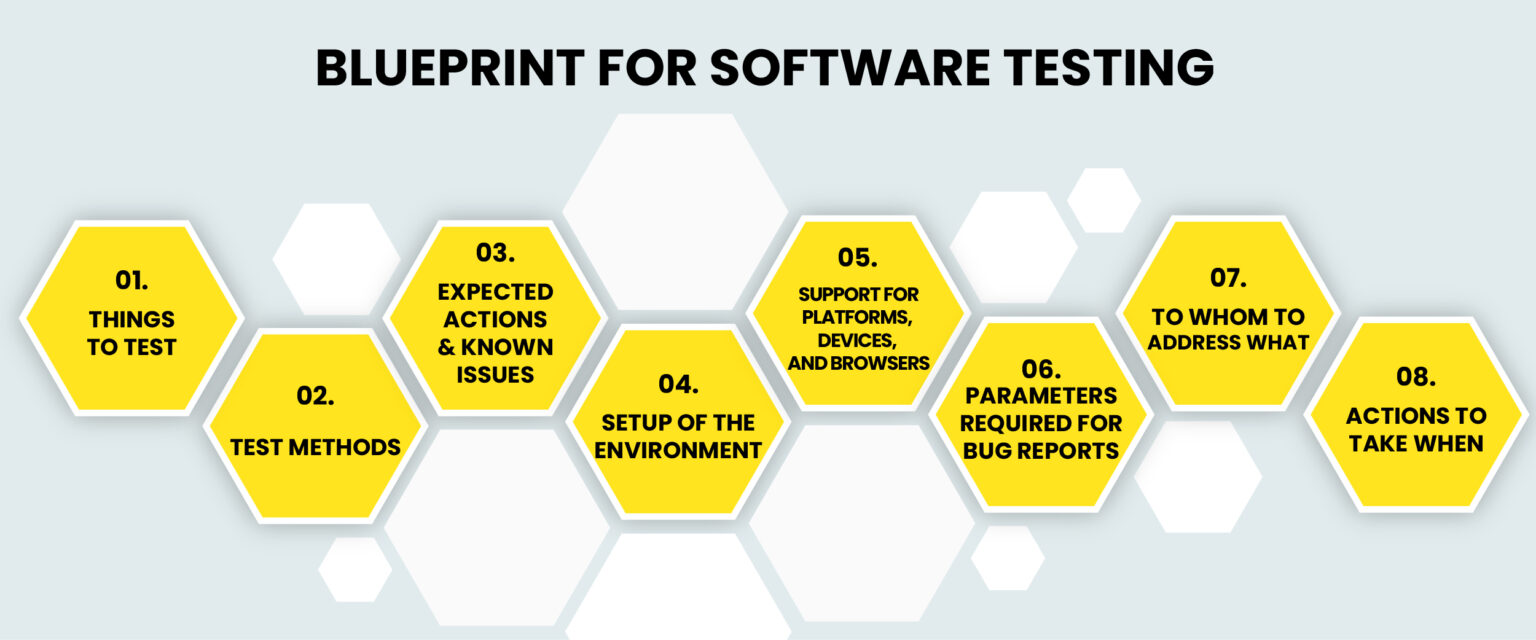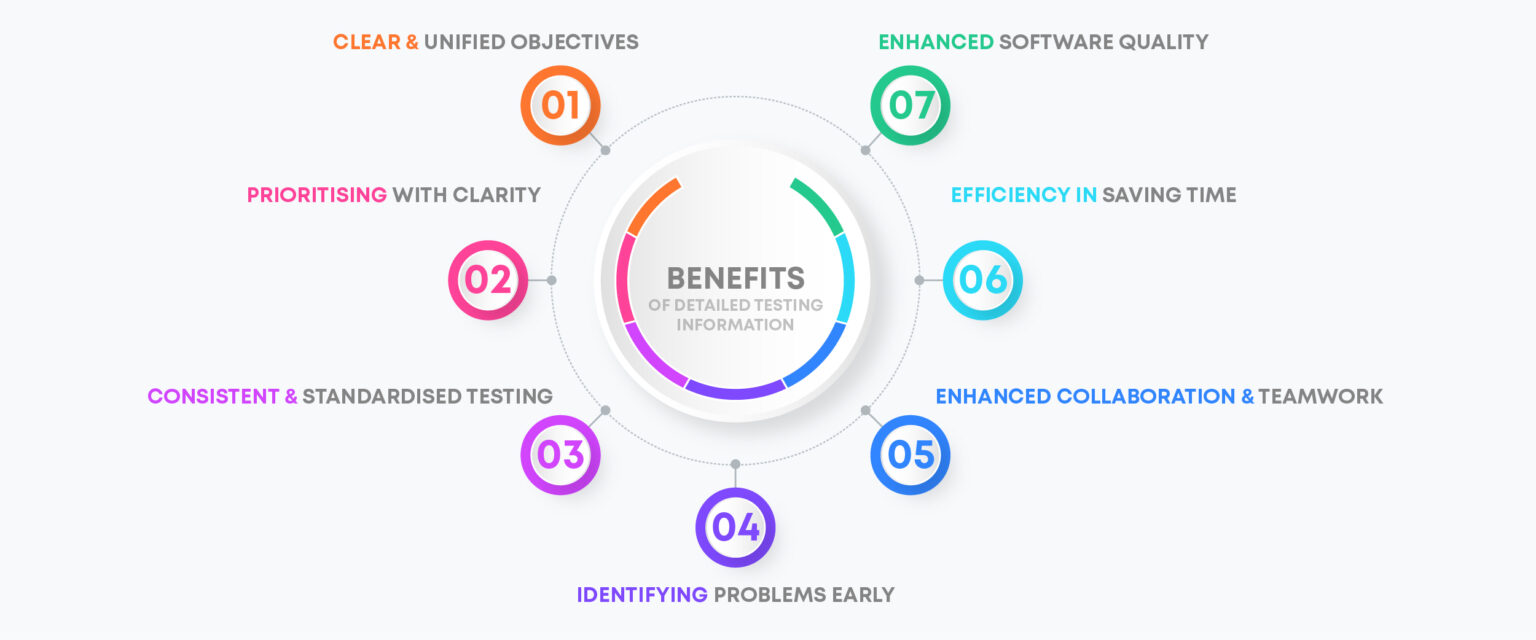In the dynamic landscape of software development, where innovation converges with precision, roadmap testing tasks serve as our guiding constellations. They provide a strategic roadmap that illuminates the path to successful testing, guiding us through the complex intricacies of our software projects. Picture them as our unwavering guides, ensuring we tread the right course and aligning our efforts towards a common destination.
The Crucial Role of Roadmap Testing Tasks
The essence of roadmap testing tasks lies in their profound ability to provide early insights into the behaviour and performance of our software. They are the watchmen of quality assurance, their constant presence helping us steer clear of potential pitfalls during development or post-release. By intricately weaving testing activities into our roadmap, we empower our teams to proactively unearth and resolve issues, thereby diminishing the risk of major setbacks. The true beauty of roadmap testing tasks is that they grant every team member an unobstructed view of what needs to be tested and how to embark on this testing journey, fostering alignment and unity of purpose.
Crafting the Blueprint: Information Essentials for Roadmap Testing Tasks
To sculpt roadmap testing tasks into invaluable instruments, certain indispensable details must be etched into their fabric:

- Things to Test: Inscribe a comprehensive list of the software’s aspects that need to be examined. These could encompass specific features, intricate functionalities, user workflows, or integration junctures. By identifying these areas, a holistic testing strategy takes form.
- Test Methods: Furnish a detailed blueprint for test execution. This should encompass meticulous instructions regarding test setup, the preparatory rituals for test data, and the choreography of actions or inputs necessary for each test case. This explicit guidance ensures a harmonious testing orchestration.
- Expected Actions and Known Issues: Chart the anticipated outcomes for every test case, articulating the desired results, the system’s expected responses, and any contextual constraints. Concurrently, spotlight known issues or quirks that testers should be mindful of, thus granting them the gift of foresight during the testing voyage.
- Setup of the Environment: Detail the prerequisites for the testing milieu. This encompasses hardware, software components, dependencies, and any intricate configurations that must be instantiated. The clarity in setup instructions ensures the crucible of testing remains consistent and unbiased.
- Support for Platforms, Devices, and Browsers: Outline the spectrum of platforms, devices, and browsers that warrant inclusion in the testing realm. Specifying versions and configurations for scrutiny guarantees comprehensive compatibility and a seamless user experience.
- Parameters required for Bug Reports: Define the components of a robust bug report. This may encompass the procedural steps for replicating the anomaly, a side-by-side comparison of anticipated versus actual outcomes, supplemented with visual evidence through screenshots or videos, and the inclusion of pertinent log files or error messages. These elements furnish an investigator’s toolkit for swift issue resolution.
- To whom to address what: Provide contact information for the various stakeholders or teams participating in the testing saga. Clearly designate the appropriate channels for specific inquiries—whether they pertain to technical snags, clarifications on test cases, the need for environmental setup support, or general feedback. This framework ensures the transmission of information is seamless and expeditious.
- Actions to Take When: Equipping testers with a manual for unexpected contingencies can be a lifesaver. Include directives for handling scenarios like unexpected errors, system hiccups, performance bottlenecks, or compatibility conundrums. This ensures testers are well-armed to confront the unpredictability of the testing terrain.
Empowering Engineering and QA Teams: The Benefits of Detailed Testing Information
Incorporating an exhaustive repository of testing information within roadmap tasks confers numerous advantages upon our engineering and QA brigades:

- Clear and Aligned Goals: The crystalline clarity offered by detailed testing information leaves no room for ambiguity or misinterpretation. The entire team, in unison, apprehends the mandate—eliminating contradictory narratives and paving the way for superior communication.
- Focus and Prioritization: Armed with a compass of clarity, teams adeptly calibrate their focus, directing their energies towards the most pivotal facets. The ability to prioritise with precision ensures that resources are allocated judiciously, avoiding futile excursions into trivialities.
- Consistent and Standardised Testing: The close link between roadmap tasks and testing protocol weaves a tapestry of uniformity. Through shared test cases and processes, the team forges a common language, enabling seamless collaboration and result comparison.
- Catching Issues Early: When the expected outcome is meticulously outlined, deviations are glaringly conspicuous. Early detection of anomalies ushers in swift mitigation, sparing precious time and mitigating the risk of complications in later stages.
- Improved Communication and Teamwork: Detailed testing information catalyses harmonious inter-team communication. All stakeholders converse fluently in the language of testing objectives, methods, and anticipated outcomes—cementing bonds and amplifying collective strength.
- Time-Saving Efficiency: Armed with a roadmap of instructions and test cases, teams tread the path of efficiency. Unencumbered by the fog of uncertainty, they move with celerity, sidestepping needless fumbling and blunders—propelling projects towards timely fruition.
- Better Software Quality: The inclusion of exhaustive testing details within roadmap tasks is akin to a vigilant sentinel guarding against subpar quality. Thorough testing, underpinned by meticulous documentation, apprehends issues at their embryonic stage—yielding software of superior quality and contented users.
Conclusion:
In the world of software testing, think of roadmap testing tasks as your trusty guides. They light up the way and help us navigate through the maze of testing. These tasks are like the instruction manuals that tell us what to test, how to test it, and what to look out for. When we get these tasks right, we improve how we talk to each other, work more efficiently, spot problems quicker, and make better software.
At Scalybee Digital, we understand how important these roadmap testing tasks are in our software development journey. We know they’re like a compass guiding us towards doing great work. So, let’s embrace them with confidence, and together, we’ll reach new heights in our testing adventures. The journey is ahead of us, and it’s filled with the promise of excellence.

